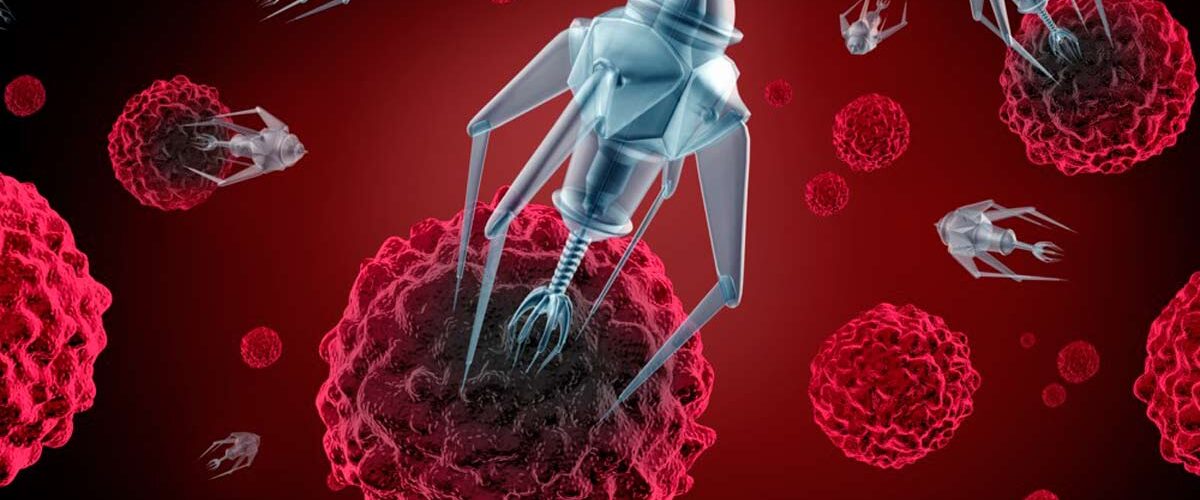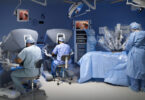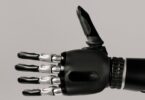Nanomedicine is a branch of Medicine that focuses on the application of nanotechnology to the diagnosis, prevention and treatment of different diseases.
Advances in nanotechnology applied to the medical area have been directed primarily at the development of nanoparticles, nanostructures, and nanodevices for the early detection and treatment of neoplastic, cardiovascular, autoimmune, and infectious diseases.
One of the important advantages of nanomedicine is that it uses tiny elements, which bring many improvements in the field of drug delivery.
The expectations for this year 2023, is that nanomedicine achieve significant advances in health care. Of course, the help of early investors provides new tools and therapies that can improve patient care outcomes and help address some of the biggest healthcare challenges of our time.
Over the course of this year, we are likely to see great advances in its use for diagnosis, drug delivery, and even the regeneration of damaged tissues and organs.
In diagnostic imaging, nanotechnology is being used to create highly sensitive and specific diagnostic tools, such as nanosensors, which can block diseases and conditions at an early stage. For example, super-tiny nanorobots were developed and injected into a human’s blood vessels to detect malignant cells or viruses. “DNA robots selectively activate intravascular thrombosis (blood clotting) in tumors, leading to necrosis and inhibition of tumor growth in mouse models.”
Regenerative medicine is also an important part of nanomedicine. Researchers are developing new materials and therapies, such as nanofibers and nanoparticles, to help repair and regenerate damaged tissues and organs.
https://www.startechup.com/es/blog/10-healthcare-technology-trends-2023/








